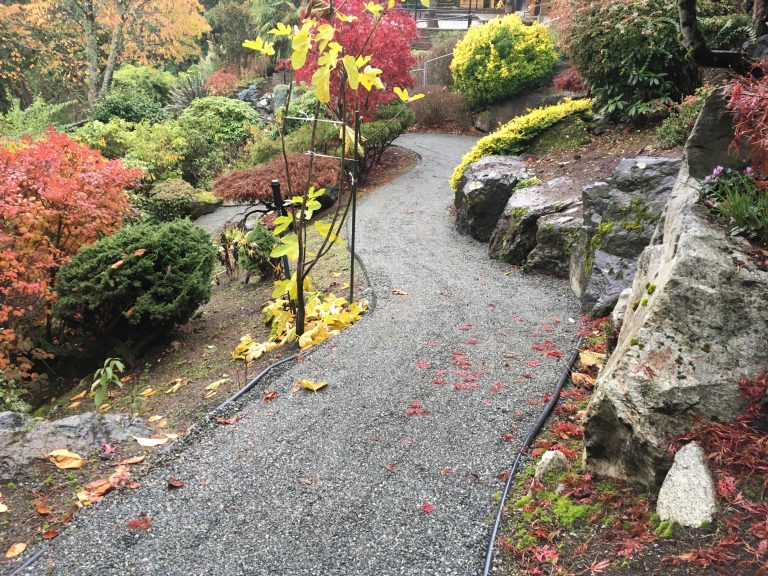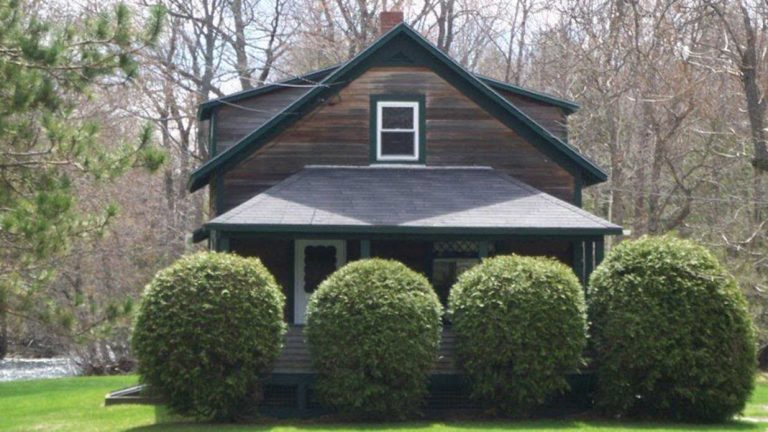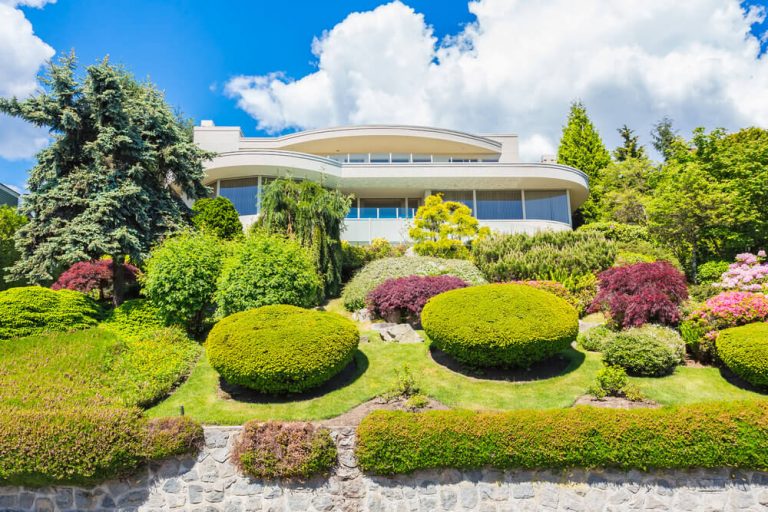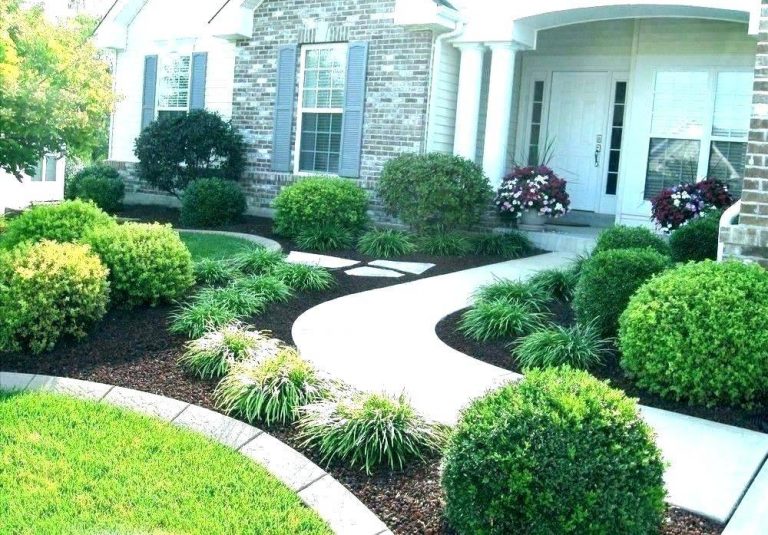Some Elements of a Good Garden Design
As a landscaper in Victoria BC, we have a lot of experience and exposure to people’s lawns and gardens. Any good landscape project starts off with an attractive design while taking into consideration things like personal taste, a proper budget, plant maintenance, and climate. Here are some general elements of good garden design that we’ve seen and implemented in Victoria BC.
Colors

A big part of aesthetics when it comes to gardening is colors. Colors can include what flowers and plants you decide to plant in your garden. It can be also the color of the house in contrast to the landscapes around it. Generally speaking, a good design utilizes colors that avoid overly bright landscaping structures. These include fences, pergolas, decks, patios, walkways, walls, stairs, and mulch as well. It’s not a coincidence that the most popular colors for retaining walls and pavers are charcoal followed by light gray. At the same time, people do appreciate bright colors in plants. The contrast in colors between the vibrant live ones of plants including flowers help contrast a garden between its living and sterile elements. In other words, the brightness of plantings in your garden help them stand out from the dark colors of your stone and concrete surfaces.
Height and Spacing

Good landscape design looks at the bigger picture as well as taking into account the smaller elements. The designer can utilize tall elements such as walls, fences, pergolas, trees, and large bushes. The designer can utilize medium elements such as garden walls, raised beds, medium sized bushes, and small trees. The designer can choose between smaller elements such as small retaining walls, small bushes, flower beds, and paver surfaces. In mixing these elements in one’s yard, it’s important to have some variation and be mindful of spacing. Because there is the horizontal element to consider when it comes to not having two bushes for example right next to each other, but there are also vertical spaces to consider, such as having tall landscaping in front of short ones. One must also take into account where the house itself fits into a garden as it remains a primary element and often a point of focus in any landscape design. For example, a poor choice would be planting bushes that quickly overwhelm the front of a house. Oftentimes the owners want bushes removed and new smaller plants put in. Good garden design avoids crowding in the vertical and horizontal spaces and takes into account that plants will grow and spread. Good garden design also avoids blocking lines of sight as much as possible whether it’s seeing the front of your house or other elements such as a flower bed or a retaining wall hiding behind a larger landscape.
Maintenance

Let’s face it. Most people do not like to do landscape maintenance. A good landscape designer will seek low cost low maintenance solutions in any lawn and garden. This requires a solid knowledge of how different plants grow and behave as well as what different man made surfaces require in terms of upkeep. A large hedge wall in a neighbor’s property can seem attractive but, a good designer would point out that these things require at least two trimmings per year with each occurence costing hundreds if not thousands of dollars.
Bamboo is another plant that is becoming very popular and attractive to homeowners in Victoria. A knowledgeable horticulturist would tell you that many species of bamboo in Victoria BC spread vigorously and only takes a few years for them to become a major invasive species. Such an expert should be able to point out that the root systems aggressively spread deep and outward so that any future removal often requires heavy machinery. A good design could suggest in this instance to contain the roots by planting the bamboo within a concrete box instead as a sort of compromise.
A good garden designer would avoid mulch as much as possible as mulch requires annual top up, which costs hundreds of dollars after material, delivery, and labor.
Cost
Lastly, any landscape design worth its salt must take into account cost sensitivity. To do so, one must be familiar with both the long term and short term costs of various landscapes. For plants it’s the cost of cutting and trimming or fertilizing and planting. For things like patios, a comparison would be made where the initial costs for concrete slabs may be lower but paver would last longer with lower maintenance needs. If the needs are more immediate and budget more limited, then a low cost but higher maintenance and replacement solution might be warranted. However, if one wants to save money and maintenance in the long run, then the design should be adjusted accordingly. As a general rule, concrete slabs tend to have the highest replacement costs and shortest lifetimes compared to interlocking pavers. Wood tends to not last as long as paver bricks for patios. Gravel will last as long as a solid concrete or stone surface but is far cheaper to maintain and install. Medium and large plants will cost a lot to put in, maintain, and remove while smaller plants tend to be far more affordable, as long as they are not an invasive species.
Conclusion

A good landscape design is a synthesis of knowledge and experience involving different plants large medium and small, different materials such as wood and concrete, and understanding elements such as colors and spacing. It seeks out the best solution to create the most attractive big picture of your lawn and garden within the framework of personal tastes and a set budget. Only with a solid understanding of the properties of different plants, materials, and how they interact with each other and evolve over time in our climate can it all come together in the most ideal way.